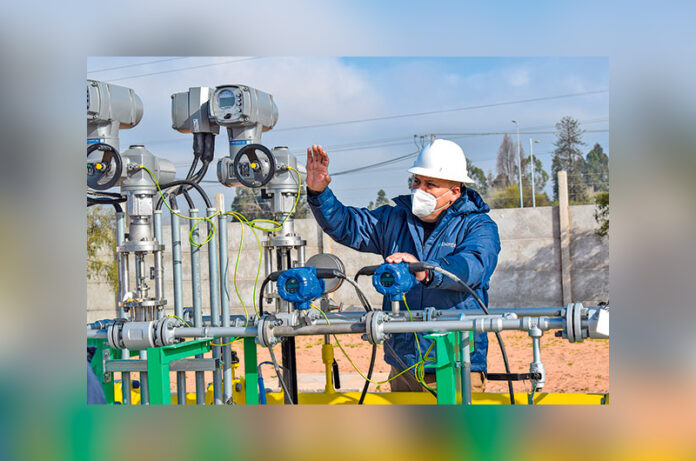
In October, Chilean gas company Gasvalpo will launch a project to inject hydrogen into its natural gas distribution networks to reduce greenhouse gas emissions.
The plan, titled Project H2GN, will be implemented through the Energas brand in 1,800 homes in La Serena and Coquimbo.
Coquimbo is home to the hydrogen production plant managed by the University of La Serena.

The project is part of the National Green Hydrogen Strategy, launched a few months ago by the Chilean Ministry of Energy and Mines.
“This is a unique initiative in the country, where green hydrogen is injected into natural gas networks, bringing significant environmental benefits without users noticing any change in usage. This can be replicated in the rest of the country, contributing to the decarbonisation targets that Chile has set itself,” said Luis Kipreos, CEO of Gasvalpo, in a press release.
So-called green hydrogen is an energy source that can be obtained from renewable energy sources such as solar and wind. It serves as fuel but does not produce CO2.
Specifically, the hydrogen used for this pioneering project in Latin America is obtained through a process known as electrolysis, which splits the water molecule without producing carbon dioxide and then mixes it with natural gas for various applications.
In the first phase, 5 percent of the natural gas supplied will be replaced by hydrogen, but the goal is to replace 20 percent. “Under the H2GN project, green hydrogen will only be partially injected into the natural gas supply, so that you will find a mixture of natural gas and a smaller percentage of green hydrogen (maximum 20%) at home,” the site says. of the Internet initiative.
“In this way, the switch should be virtually invisible to the user and should not require adjustments or changes to the device. Also, their monthly bill will not change, as the company will fully cover the cost of the project,” says a letter addressed to families participating in the project, which will come into effect in October.



